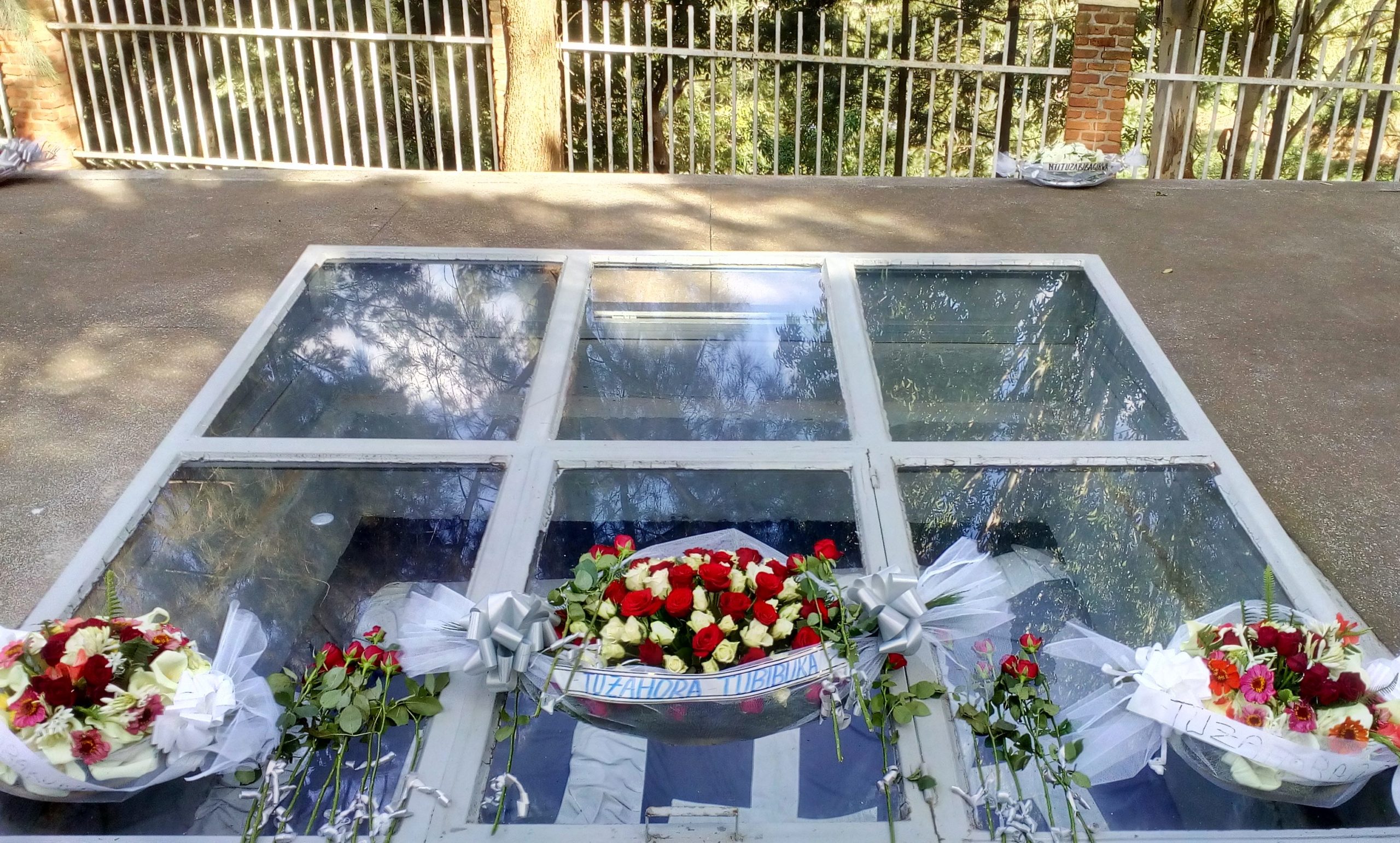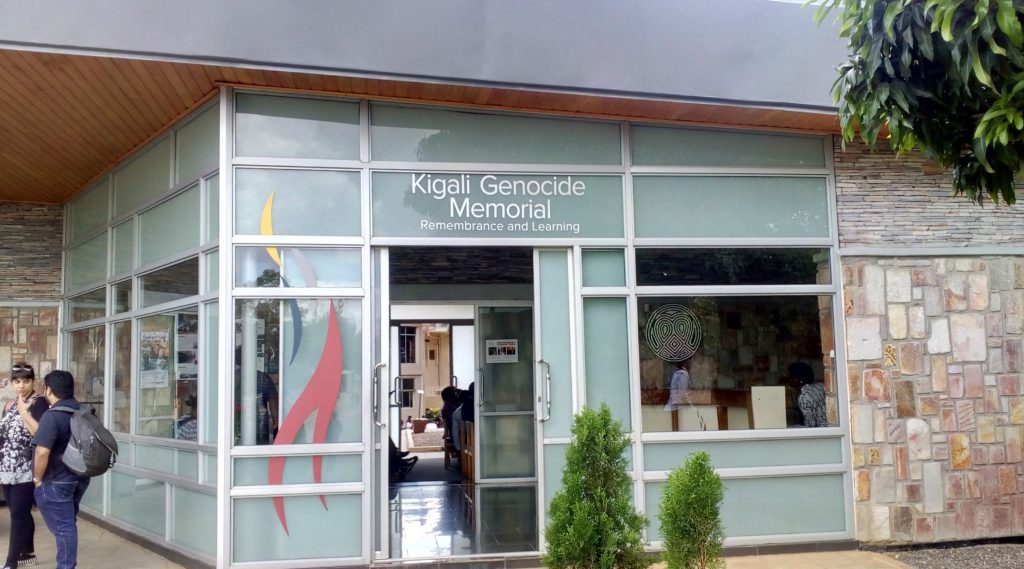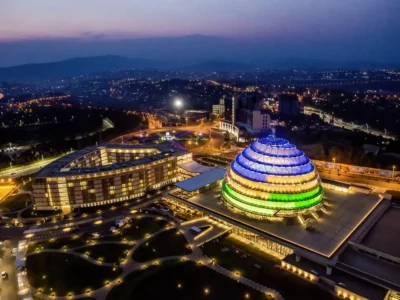The Kigali Genocide Memorial in Rwanda is an important place for remembering and truly understanding why over two million people were killed in the country in 1994, while the rest of the world stood still and watched silently.
Graves; rows of skulls, of adults and babies, showing the strokes of machetes; pictures of people looking ghastly at the bloodshed; a room full of photos of hundreds of innocent faces lost; a children’s room where their clothes and shoes are hung; machetes now wiped of the blood of the millions of lives it took…
Rwanda, to many, is a place they have never heard of, or known mostly for its 1994 genocide and the famed mountain gorillas. But to truly understand the genocide, the atrocities and the pain it left behind, visiting the Kigali Genocide Memorial becomes imperative, where Rwanda tells you its story in its own words.
“Rwanda has been our home for many centuries. We are one people. We speak the same language. We share the same history. We had lived in peace for many centuries, but the genocide left us divided.” The walls of the dimly-lit alleys and rooms hold large screens and boards, where the people of Rwanda recount the genocide, blow-by-blow, in first person. Whether it is in a written format or filmed testimonies, you can feel the pain echoing in the rooms. The silence grips you. “I have never been so moved in my life. Visiting the Memorial was like watching and visualising every single moment of the genocide come alive. It moved me to tears: the videos, the writings, the survivors’ experiences, and the exhibits that had clothes of little kids and pictures from the site,” shares Juie Merchant from Ahmedabad (Gujarat), who visited Rwanda in May this year. The children’s room, she says, was her undoing through the entire visit.
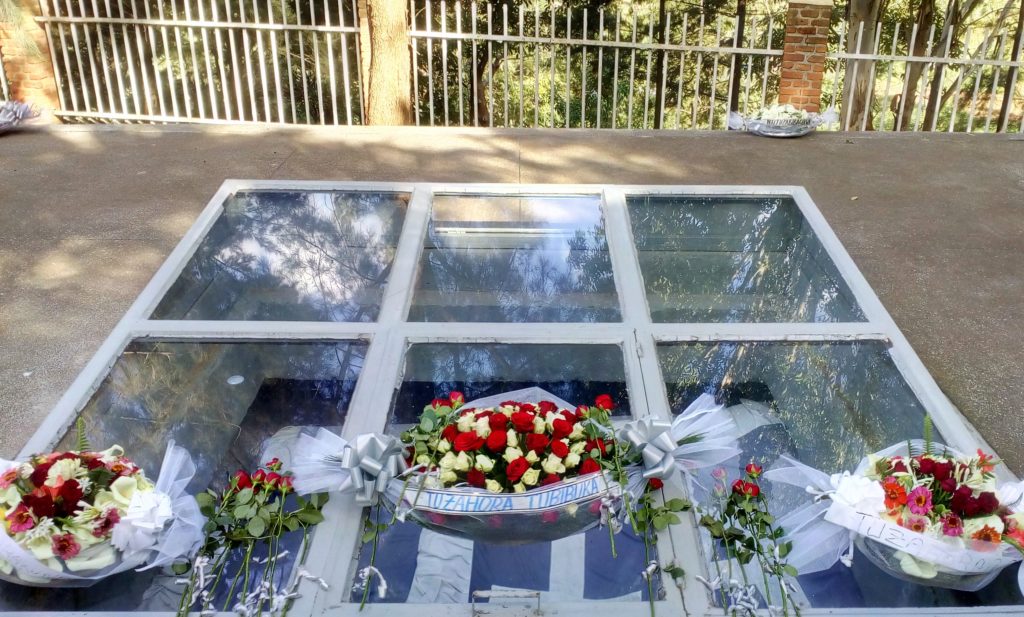
The Kigali Genocide Memorial includes three permanent exhibitions: The 1994 Genocide Against The Tutsi; Wasted Lives; and Children’s Room
The Memorial leaves you shocked at how brutal humanity can be. “The genocide museum was depressing and sad. I could feel the suffering and fear the Tutsis must have felt, to be persecuted just for belonging to a different tribe, to be betrayed by your own neighbours or friends,” laments Malvika Srivastava from Gurgaon, who also visited Rwanda recently. But the Memorial doesn’t just talk about the grim days and atrocities; it does not want you to believe that all of humanity is lost. Quite the opposite actually! “As I walked through the Memorial, it was great to see the resilience and goodness of the people of Rwanda. Even at the heights of the genocide, there were people who helped the Tutsis survive this tragedy. At the end, it was the humanity and the solidarity of the Rwandans that got the country through this dark time and into the light,” continues Malvika.
The Memorial shows you what makes the heart and strength of Rwanda and what gives warmth and kindness to its people today. Driving around the country, you will find yourself often smiling and waving back at people, greeting them with a warm ‘Waramutse’. For a country that lost millions in a matter of a few hundred days, it is important to mention how Rwanda has bounced back to become one of the fastest growing economies today in Africa, that it boasts of a healthy birth rate and most importantly, has one of the highest gender parities in the world.
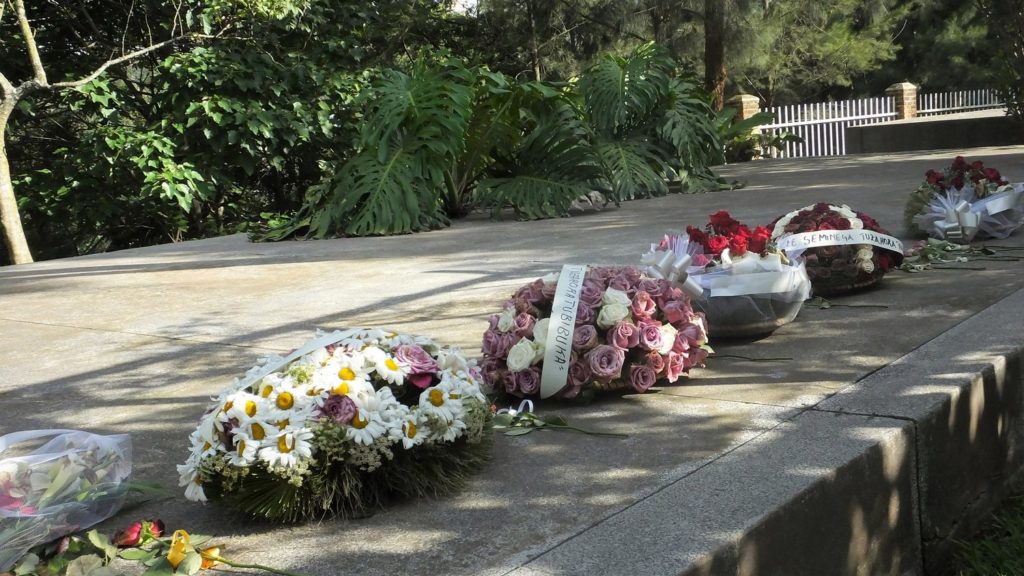
The Memorial is the final resting place for more than two million victims of the genocide, as well as a place of solace for survivors, and reflection for visitors
Why is it important to visit dark tourism sites?
Because they change you! It has been over two months since I visited the Kigali Genocide Memorial, and what I saw and learnt there, has left me completely different.
The visit to the Memorial clearly underlines why it is important for many of us to stop being mere tourists – where visiting a new country rhymes with fancy resorts, adventure, shopping, and lots of selfies – and become a more conscious traveller. A country is not just the result of its landscapes and colourful attractions, but most importantly of its people, their culture and their past.
And in these times of grim politics, the dark past could perhaps be quite a lesson to wake up to the current affairs. The anti-Tutsi propaganda that aimed at dividing-and-ruling the Rwandan nation alludes to some of the current politics that are brewing hatred among people.
The greatest lesson to take home from Rwanda’s Genocide Memorial is that the country is not denying its past, however gruesome it may be; it is not trying to make its people forget the genocide. But in fact, the Genocide Memorial is ‘a place for remembrance and learning’; the ‘final resting place of more than 250,000 victims of the genocide against the Tutsis’; a place that, through its education, honours and gives a meaningful tribute to the millions of lives that were lost. Rwanda is healing its past.
A visit to the Memorial is highly recommended, with a humble request to be respectful of the place, and also leave cameras and selfie sticks outside the door.
To read more stories from Rwanda, buy the July-August 2017 issue of India Outbound. Click Here to Buy
Why did the genocide happen?
The primary identity of Rwandans was originally associated with 18 different clans. The categories ‘Hutu’, ‘Tutsi’ and ‘Twa’ were socio-economic classifications within the clans, which could change with personal circumstances. The Hutus were generally the cattle farmers, the Tutsis were engaged in agriculture, and the Twas hunted and practiced traditional handicrafts. While the king governing over Rwanda was a Tutsi, without implying any supposed superiority to the group, the second-in-command belonged to the Hutus.
Much of Rwanda was peacefully unified, but then came the German colonisers, followed by the Belgians. The colonial rule made the distinctions racial, particularly with the introduction of the identity card in 1932, where anyone with 10 cows was classified as Tutsi, and those with less than 10 were Hutus. The rules were applied to the descendants as well.
The Catholic Church influenced education in Rwanda, and the teachings increasingly conveyed the racist ideology that portrayed the Hutus as a superior group.
Mutara III Rudahigwa, the king, died in 1959 under mysterious circumstances while he was on a visit to the Belgium colonisers, and thereafter, mass massacres of the Tutsis were organised. Thousands were killed, others fled to neighbouring states for refuge. The elections in 1961 were held, where the founder of a party for ‘Hutu emancipation’ was elected. A year later, Rwanda gained independence. The government policies reinforced ethnic divisions. A coup d’état followed in 1973 by Major General Juvénal Habyarimana and an ‘ethnic cleansing’ of Tutsis was to be carried out. By 1990 the ideology of Hutu power and genocide had been perfected, and a dangerous Hutu youth militia was formed that gained widespread popularity.
In 1994, a plane carrying the General was shot down, killing everyone on board. The Hutus pointed fingers at the Rwandan Patriotic Front (RPF) – a party formed by Tutsis in exile. The genocide began the following day, where the Hutus slaughtered their Tutsi neighbours and friends with machetes, the most conveniently found tool in every household; women were raped, often in front of the families, and the children massacred. Radio stations belted out the names of those to be killed. No one was spared, neither from being the victim, nor the killer. In about 100 days, around a million Tutsis and moderate Hutus were killed, while the rest of the world stood still and watched silently. The inaction of the United Nation peacekeepers, who did not receive the mandate to take any action, was especially criticised. Things only came under control when the RPF gradually gained power.
Today, Rwanda is on the path to reconciliation, justice and peace-building. It is a unified nation that once again shares a common language, traditions and values.








